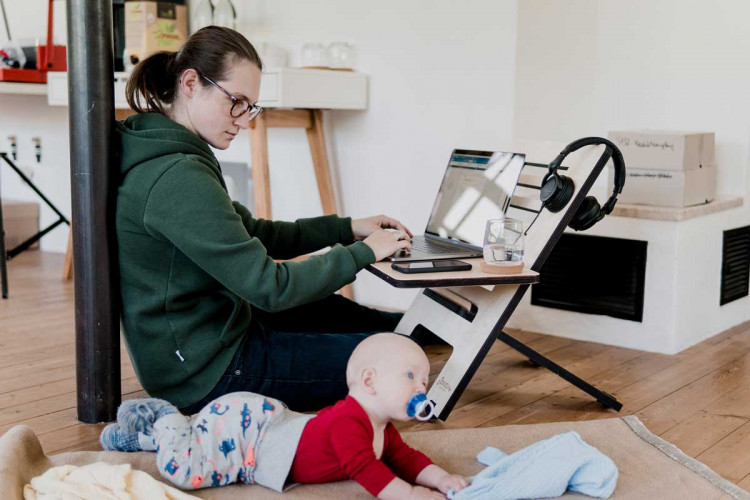A new report reveals that while remote work has allowed employees to continue remaining productive in their jobs, their employers have started to worry more as to whether they are really working or not.
According to a Microsoft Work Trend report released yesterday, leaders are doubting their employees' productivity in remote work settings.
Only 12% of all surveyed leaders say they have full confidence that their team is being productive even when working remotely.
A whopping 85% of leaders who were surveyed, on the other hand, reported that it is challenging for them to remain confident that their employees, who are now working remotely, remain as productive as they were in an office-based work set up.
This is despite the fact that 87% of responding workers reported that they are productive at work even while working remotely, and that productivity, according to Microsoft's signals in Microsoft 365, continue to increase.
Productivity Paranoia
This phenomenon among leaders, which Microsoft dubbed "productivity paranoia," affects how they see worker productivity and ultimately makes hybrid work "unsustainable," as Axios noted.
Microsoft pointed out in its report that many leaders are "missing the old visual cues of what it means to be productive" because they don't see their workers working anymore. Hybrid managers, or those who lead remote work teams, are most likely to struggle with trusting their employees to work their best, the report noted.
This lack of confidence from leaders puts unnecessary pressure on employees to "prove" they are indeed working. This then results in what Microsoft calls soaring "digital overwhelm." In other words, burn out.
Recommendations
Microsoft suggests that leaders should change the way they think and see hybrid work setups. Instead of worrying if their employees are indeed working, it would be best for leaders to "pivot from worrying about whether their people are working enough to helping them focus on the work that's most important."
One of the ways leaders can do this, per the report, is to give clear guidance as to what employees should do. Only 31% of employees say their managers provided clear guidance with regards to the work during one-on-one meetings. About 74% say their performance would improve if leaders helped them prioritize their workload.
About half of the workforce (53% of managers and 48% of employees) report being already burned out at work, Microsoft found. Leaders will do well to "create clarity and purpose for their people" instead of just "reordering an overflowing to-do list."
Furthermore, leaders should show care for their employees by listening to their feedback and taking responsive action consistently.






